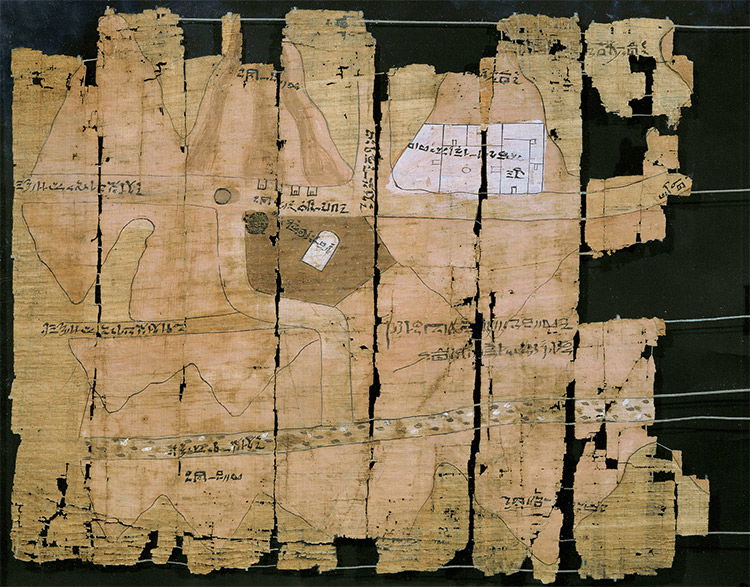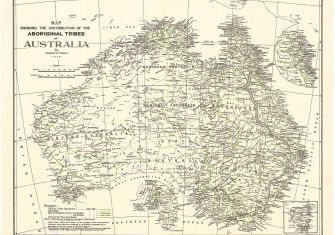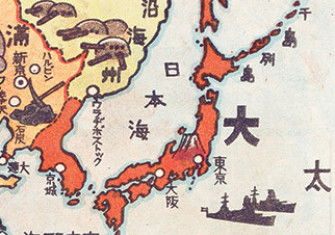Turin Papyrus Map, c.1150 BC
Kate Wiles surveys one of the world's oldest surviving maps, prepared for a quarrying expedition led by Ramesses IV.

Discovered near modern Luxor (ancient Thebes) between 1814 and 1821 by agents of Bernadino Drovetti, the French Consul General in Egypt, this is considered one of the oldest known topographical, geographical and geological maps. It survives in fragments but, when recombined, it is about 280cm wide (just one fragment is pictured here). It was produced around 1150BC by a well-known Scribe of the Tomb, Amennakhte, in preparation for a quarrying expedition by Ramesses IV and predates the next oldest known geological map by some 2,900 years. It is held in the Turin Museum in Northern Italy.







